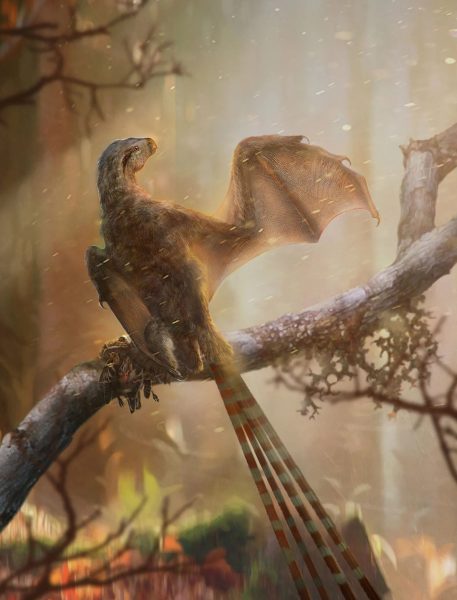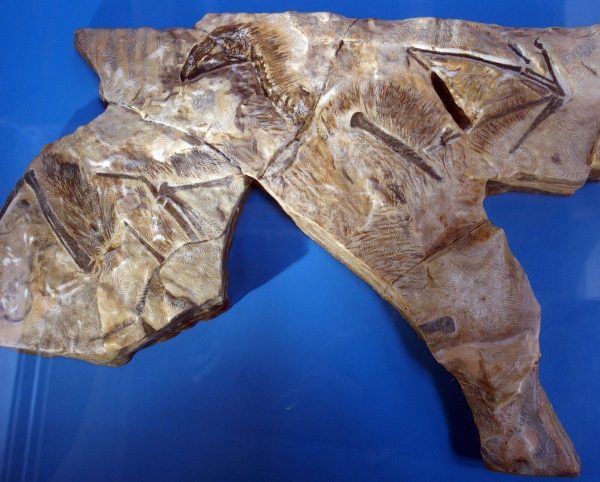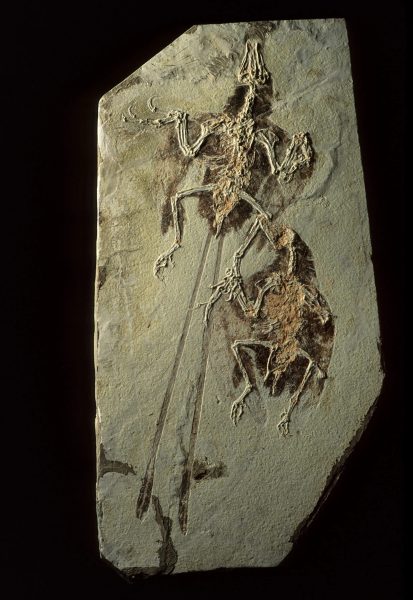In a fascinating paleontological revelation, a new dinosaur named Ambopteryx longibrachium has been unearthed in Liaoning province, China.

This bat-winged dinosaur lived approximately 163 million years ago during the Jurassic period. Resembling the size of a blue jay, Ambopteryx had wings made of a soft membrane attached to long arm bones, creating a bat-like appearance.
The fossil was discovered in 2017 by a research team led by Dr. Min Wang of the Institute of Vertebrate Paleontology and Paleoanthropology at the China Academy of Sciences. Initially mistaken for a bird, further examination revealed its true identity as a dinosaur.

Unlike traditional flying dinosaurs, Ambopteryx couldn’t flap its wings, suggesting that it likely glided through the air. The discovery challenges previous assumptions about the evolution of flight in dinosaurs.
Most flying dinosaurs had feathered wings attached to long palm bones, whereas Ambopteryx had membranous wings attached to its arm bones.

This find follows a previous discovery of a similar bat-winged dinosaur named Yi qi in 2015. The earlier discovery raised questions about the nature of its wings and their functionality. Ambopteryx provides further evidence of bat-winged dinosaurs evolving independently from birds.

According to Dr. Steve Brusatte from the University of Edinburgh, the discovery of Ambopteryx “clinches it” and settles the debate, confirming the existence of a subgroup of small, bat-winged dinosaurs that evolved flight separately from birds.

The bat-wing configuration, distinct from the feathered wings of birds, suggests different evolutionary paths for flight in dinosaurs.





